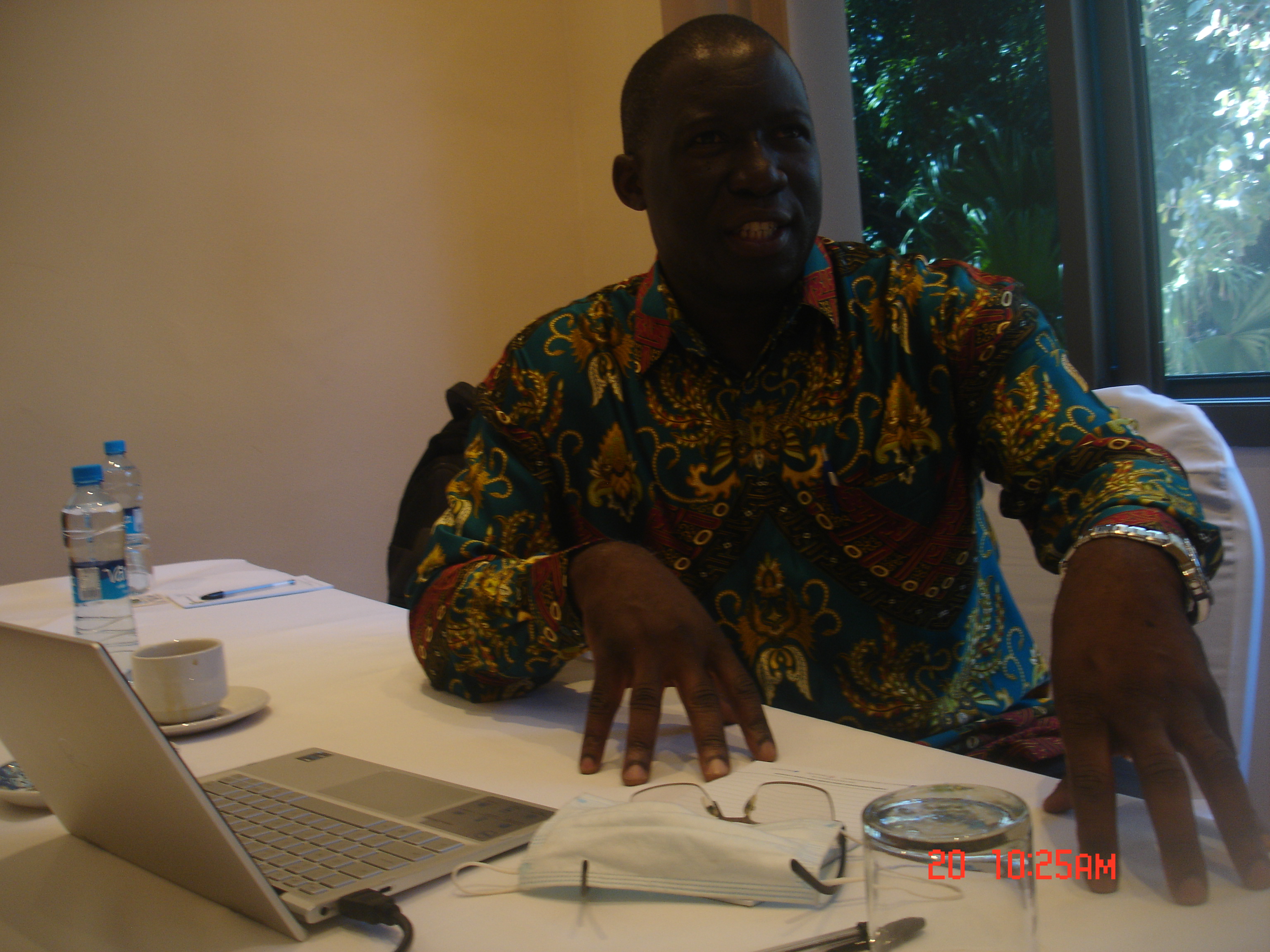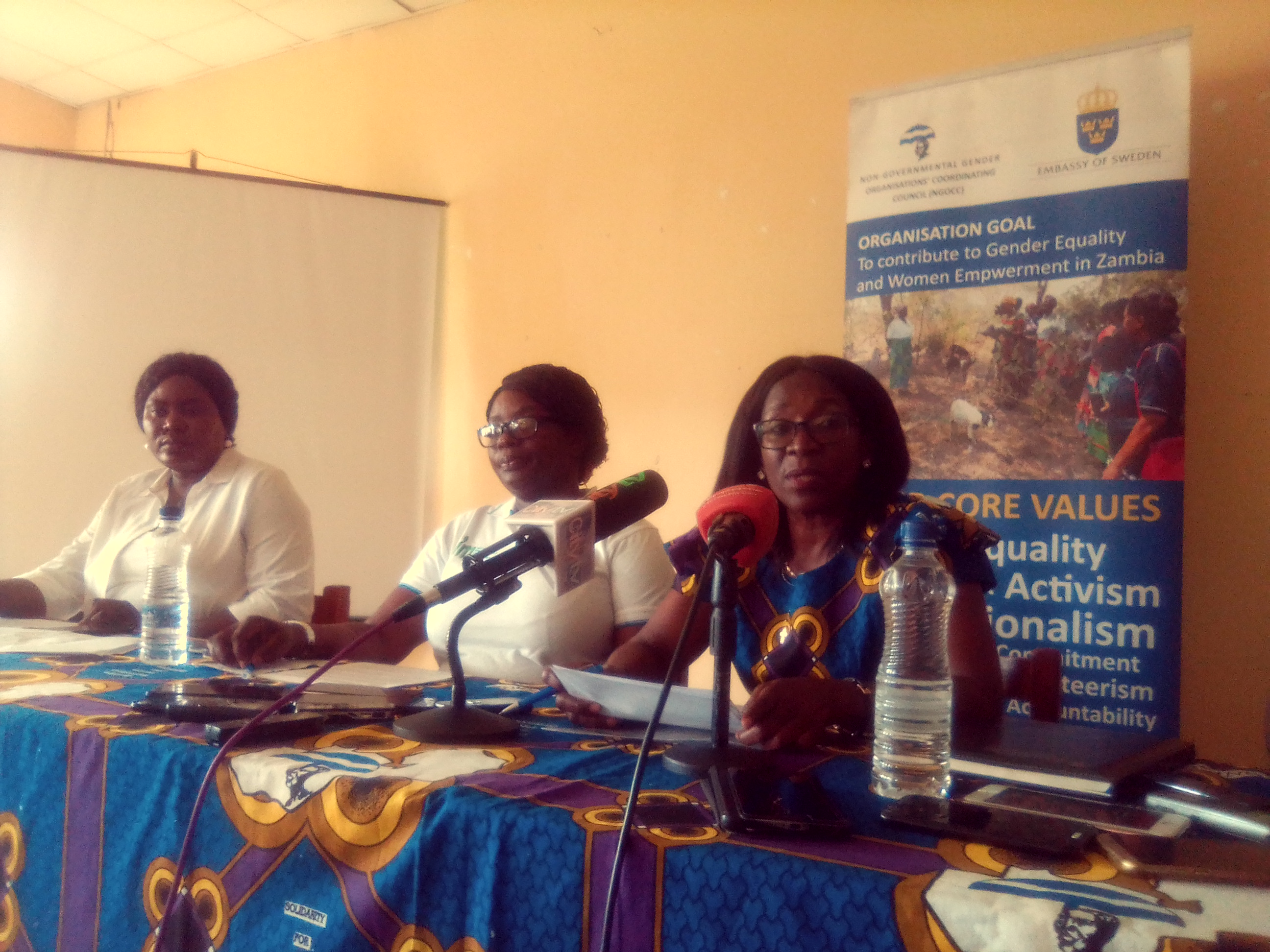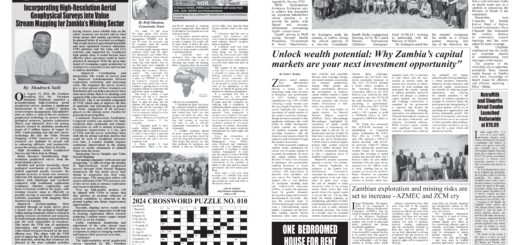Drug stopping smocking available, assures Professor Fastone Matthew Goma
Notice: Undefined index: catFilterList in /home/zambi/public_html/wp-content/plugins/wp-likes/api.php on line 243

Centre for Primary Care Research Director Professor Fastone Matthew Goma presenting at a Lunch with Editors at Sandy’s Creation Saturday 20 March 2021 – Picture by Derrick Sinjela Zambian Developmental Media Alliance (ZADEMA) and Zambian Children Young People and Women in Development (ZCYPWD)
By Ashton Kelly Bunda and Derrick Sinjela
Centre for Primary Care Research Director Professor Fastone Matthew Goma says a special drug that can help people addicted to Nicotine found in cigarettes is available in form of ones desire to be healthy, a deliberate act that will help Zambia achieve sustainable development goals through reducing number of smokers to 11 per cent by the 2030.
Speaking during a Saturday 20th March 2021 one-day Editors workshop at Lusaka’s Sandy’s Creation, Professor Goma said the World Health Organisation (WHO) is on a vigorous campaign to birth a generation born in 2010 that is cigarette smoking-free.
Professor Goma said Zambia is one of the countries globally lagging and less represented on the world platform due to lack of knowledge translation thus a renewed media campaign compelling stakeholders and politicians to domesticate the Tobacco Control bill, which Zambia ratified 13 years ago.
During the question and answer session, moderated by Ms. Paxina Phiri, Professor Goma said his team has managed to incorporate 20 Members of Parliament and traditional leaders to help overcome challenges delaying domestication of the Framework Convention on Tobacco Control (FCTC).
Centre for Primary Care Research Director Professor Fastone Matthew Goma presenting at a Lunch with Editors at Sandy’s Creation Saturday 20 March 2021
WHO Framework Convention on Tobacco Control

Full text
- Arabic [pdf 535kb]
- Chinese [pdf 3.41MB]
- English [pdf 542kb]
- French [pdf 553kb]
- Russian [pdf 770kb]
- Spanish [pdf 560kb]
Overview
The WHO Framework Convention on Tobacco Control (WHO FCTC) is the first treaty negotiated under the auspices of the World Health Organization. The WHO FCTC is an evidence-based treaty that reaffirms the right of all people to the highest standard of health. The WHO FCTC represents a paradigm shift in developing a regulatory strategy to address addictive substances; in contrast to previous drug control treaties, the WHO FCTC asserts the importance of demand reduction strategies as well as supply issues.
The WHO FCTC was developed in response to the globalization of the tobacco epidemic. The spread of the tobacco epidemic is facilitated through a variety of complex factors with cross-border effects, including trade liberalization and direct foreign investment. Other factors such as global marketing, transnational tobacco advertising, promotion and sponsorship, and the international movement of contraband and counterfeit cigarettes have also contributed to the explosive increase in tobacco use.
The core demand reduction provisions in the WHO FCTC are contained in articles 6-14:
• Price and tax measures to reduce the demand for tobacco, and
• Non-price measures to reduce the demand for tobacco, namely:
- Protection from exposure to tobacco smoke;
- Regulation of the contents of tobacco products;
- Regulation of tobacco product disclosures;
- Packaging and labelling of tobacco products;
- Education, communication, training and public awareness;
- Tobacco advertising, promotion and sponsorship; and,
- Demand reduction measures concerning tobacco dependence and cessation.
The core supply reduction provisions in the WHO FCTC are contained in articles 15-17:
- Illicit trade in tobacco products;
- Sales to and by minors; and,
- Provision of support for economically viable alternative activities.
The WHO FCTC opened for signature on 16 June to 22 June 2003 in Geneva, and thereafter at the United Nations Headquarters in New York, the Depositary of the treaty, from 30 June 2003 to 29 June 2004. The treaty, which is now closed for signature, has 168 Signatories, including the European Community, which makes it one of the most widely embraced treaties in UN history. Member States that have signed the Convention indicate that they will strive in good faith to ratify, accept, or approve it, and show political commitment not to undermine the objectives set out in it. Countries wishing to become a Party, but that did not sign the Convention by 29 June 2004, may do so by means of accession, which is a one-step process equivalent to ratification.
The Convention entered into force on 27 February 2005 – 90 days after it had been acceded to, ratified, accepted, or approved by 40 States.




















